February 13th, 2015 admin
We English by Simon Roberts, “Banal Nationalism†in Landscape? is a journal article by Karine Chambefort-Kay, Université Paris-Est Créteil, from the new issue of Journée d’études, entitled “The American and British Nations in Contemporary Landscape Photography” (December 2014)
Abstract
This paper studies the case of a landscape photography project by British photographer Simon Roberts: We English—the project comprising the book published by Chris Boot in 2009, exhibitions of the large format prints of the photographs, and the artist’s dedicated website with a blog and forum for the public to propose subjects. We address the question of English national identity in Simon Roberts’s photos through the concept of “banal nationalism†coined in 1995 by Michel Billig. The first part draws on Billig’s thesis that the nation is “flagged†in the most banal everyday environment and activities, and discusses whether Simon Roberts’s documentary photographs evidence such subliminal national “flaggingâ€. The second part shows the limits of the concept of “banal nationalism†when studying We English because of the complex, collaborative and reflexive nature of the project. By revealing how personal and intertextual references inform both the photographer’s and the viewer’s perception, the artist documents the dialectical process and negotiations at work in national identification. The third part contends that this dynamic approach of Englishness allows Roberts to propose his own re-imagining of the homeland.
On writing about my working practice for the project, Chambefort-Kay comments:
“A vast framework of references is the backbone of the whole project, and it is made visible through various devices. Simon Roberts opts for transparency on the genealogy of his pictures and on his authorial choices. He questions himself and his audience on the cultural filters and the modes of perception that inform their understanding of landscape. Therefore it is crucial to take into account the whole project, that is, to include both the blog and the pictures in our analysis to appreciate the full scope and impact of We English. Beyond merely documenting the English outdoors, Simon Roberts reveals the different ways in which people connect with the landscape both in nature and in pictures. He offers an insight into the mechanisms through which the national community is constantly re-created in landscape, showing that everything is negotiated individually and collectively.â€
And in conclusion, writes:
“We English offers a renewed vision of England. New forms of cohesion and belonging are evidenced, but they are not exclusively found in urban areas. Simon Roberts does not reject the national frame, but reinvents it, by revealing the interactions and relations involved in national identification. The photographs of We English and the whole project actually display the openness of conviviality, which “makes a nonsense of closed, fixed and reified identity and turns attention toward the always unpredictable mechanisms of identification†(Gilroy, 2005, xvi). The nation is re-imagined through a new, dynamic, open vision of England.â€
You can download a pdf of the full article here.
Chambefort-Kay recently completed a PhD entitled “Ecritures photographiques des identités collectives, Grande-Bretagne, 1990-2010â€, which deals with many British photographers and exhibitions from the period and includes some chapters about We English and The Election Project.
Posted in OTHER STUDIES, RESEARCH, REVIEWS & PRESS | Comments Off on Banal Nationalism in Landscape
February 13th, 2015 admin
Perspectives on place: theory and practice in landscape photography (Bloomsbury, 2015)
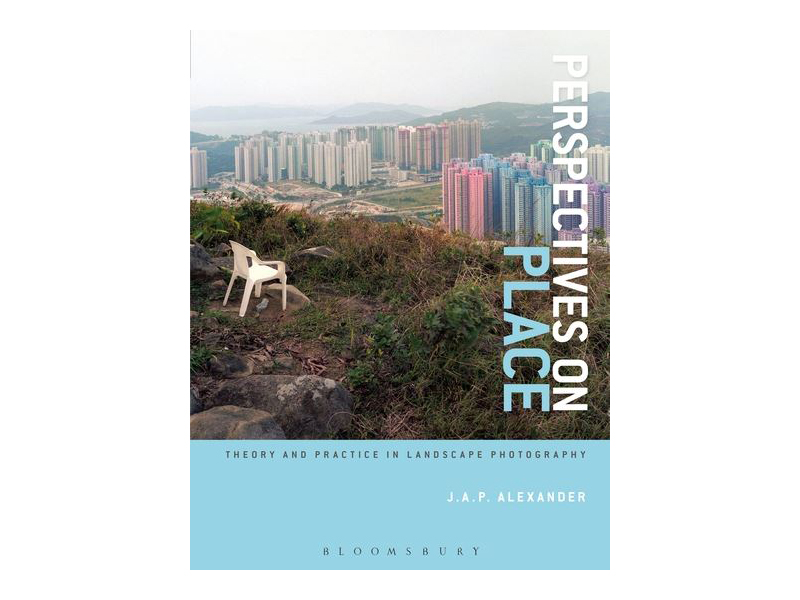
Perspectives on Place by J.A.P Alexander is a new book exploring the history of landscape photography and looks critically at how contemporary photographers continue to find new and innovative ways of engaging with the landscape and their surroundings. It looks at the visual approaches that have been adopted by photographers and artists to facilitate the communication of ideas and themes, as well as more abstract concepts. Practical issues, such as effective composition and managing challenging lighting conditions are also discussed.
Alexander references We English in the chapter Landscape and Power – Inspiring Nationhood. He writes:
“Simon Roberts’s major project We English is a survey of the contemporary English landscape and picks out peculiarities and eccentricities, as well as more commonplace activities of its inhabitants. While the project is likely to be immediately accessible to British audiences, there is a danger this kind of project might leave foreign audiences at loss as to how to interpret the subject matter or even how to confine a nation to conformed stereotypes.
Roberts’s work has been compared to Martin Parr’s Think of England (2001), which isolates English stereotypes more explicitly. Roberts’s photographs are, of course, created and read in a landscape paradigm. The photographer looks specifically at the diversity of English leisure activities in relation to the landscape, ranging from the bizarre – the annual Mad Maldon Mud Race in Essex – to the intimate – Roberts’s photograph of the South Downs in Sussex shows what we assume is a young couple relaxing in a field, a curious echo of the pastoral motif of young villagers courting. As well as the presentation of clichés, such as the couple picnicking barely a few meters away from their car in the Yorkshire Dales, Roberts challenges stereotypes about the English landscape.”
Published: 29-01-2015
Format: Paperback
Edition: 1st
Page Count: 192
ISBN: 9781472533890
Imprint: Fairchild Books
Posted in OTHER STUDIES, REVIEWS & PRESS | Comments Off on Perspectives on Place
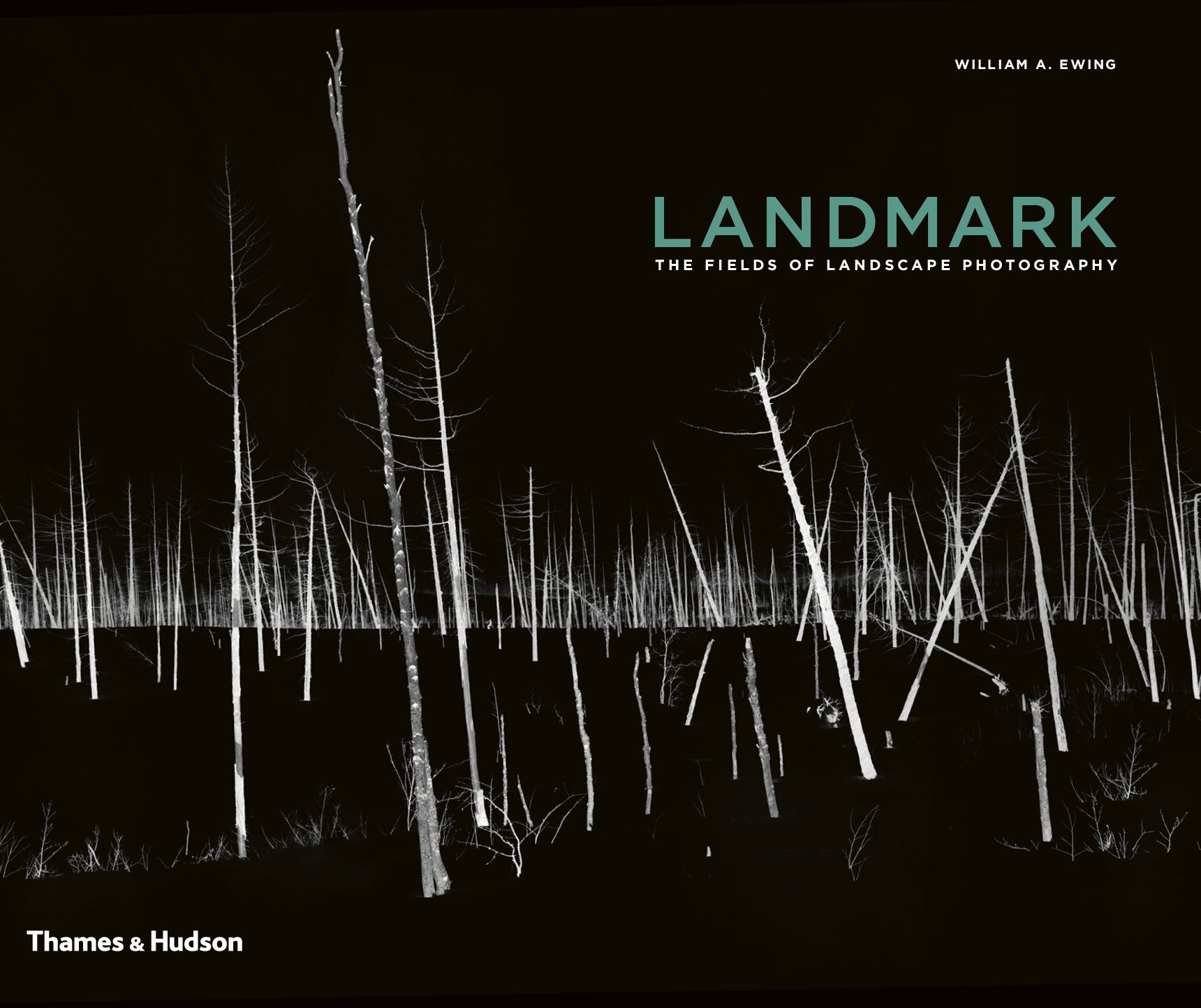
A series of photographs from my We English series are included in this new survey of contemporary landscape photography produced by curator William A. Ewing and published by Thames&Hudson.
ABOUT: Landmark is a defining survey of contemporary landscape photography featuring more than 230 images by over 100 leading photographers of today, all of whom present an individual viewpoint about a shared concern for our changing landscape and environment. The book is organized around ten themes and includes work by such distinguished practitioners as Edward Burtynsky, Stéphane Couturier, Mitch Epstein and Sally Mann. From restful, bucolic images capturing the last vestiges of nature, through shocking depictions of a sullied Earth, scarred and abused, to surreal and artificial landscapes where the natural landscape is a highly controlled one, the book provides a thought-provoking meditation on the meaning of landscape in todays world. The well-known writer and curator William A. Ewing contributes introductory texts to each of the sections, as well as the preface and introduction. Landmark also features statements by the artists themselves.
In reference to We English, Ewing writes:
“As the historian Simon Schama has noted, the pastoral is ‘a product of the orderly mind rather than the playground of the unchained senses.’ Simon Roberts’s images of the English at play illustrate this point beautifully; a people at ease with themselves and surroundings, ‘exploring and examining their own countryside, eulogizing its obvious virtues… making a virtue of its drawbacks, and assuring themselves that no country in the world is quite so pleasant’. In fact, those words were used to describe England as photographed by the thoughtful Edwin Smith almost a century ago. Yet they apply beautifully to Roberts’s world.â€
The book is organized into ten themes—Sublime; Pastoral; Artefacts; Rupture; Playground; Scar; Control; Enigma; Hallucination; and Reverie—Landmark is an intelligent and poetic survey which captures a genre of photography to perfection.
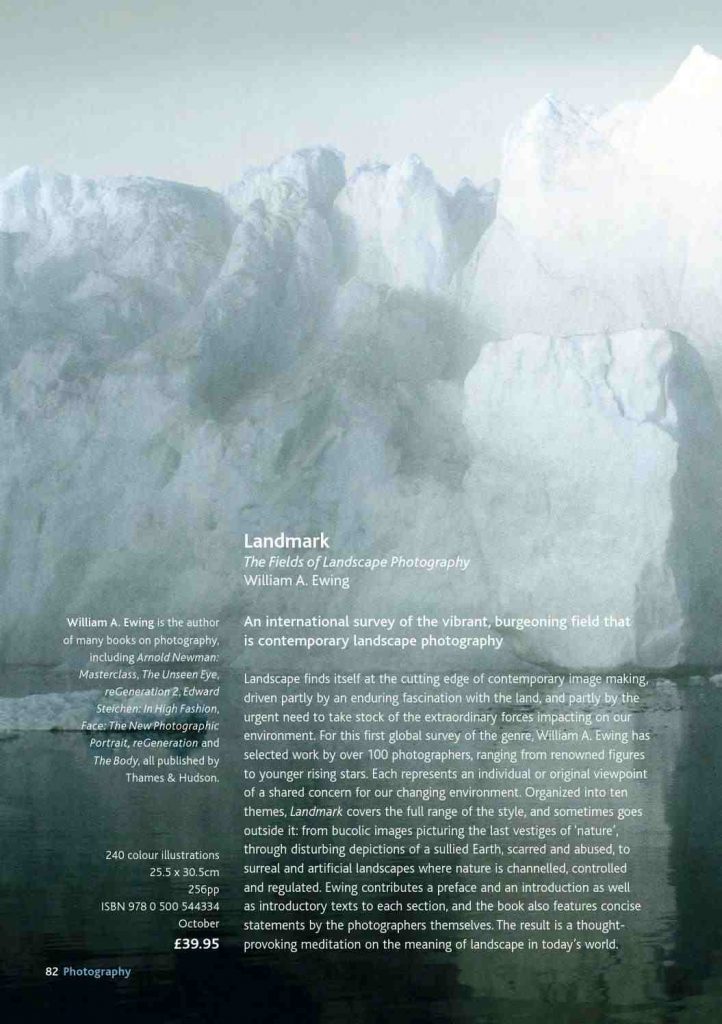
Details
- Format: Hardcover
- Pages: 256
- Artwork: 240 color illustrations
- Size: 12 in x 10 in
- Published: September 16th, 2014
- ISBN-10: 0500544336
- ISBN-13: 9780500544334
Available on Amazon, here.
Posted in OTHER STUDIES, REVIEWS & PRESS | Comments Off on Landmark: The Fields of Landscape Photography
We English is featured in the third and final volume of Phaidon’s Photobook series, described as ‘the most important contribution to the field since modern histories of photography began to appear in the early 20th century’ (photo-eye) and produced by Martin Parr and Gerry Badger.
See more here.
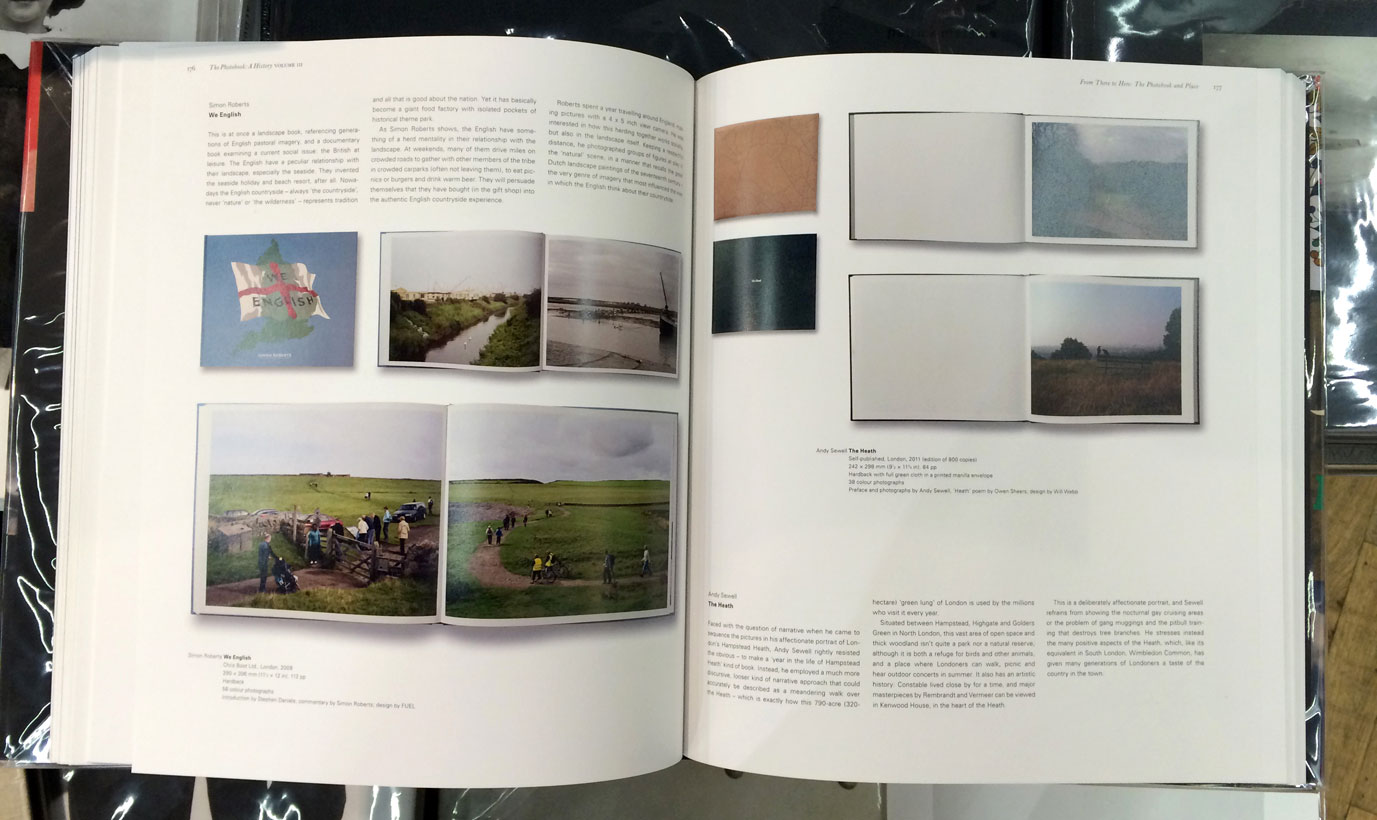

ABOUT THE BOOK
Following the success of volumes I and II of The Photobook: A History, this third volume brings the history of the photobook up to date, with specific exploration of postwar and contemporary examples. It covers key themes including the globalization of photographic culture, the personalization of photobooks, the self-publishing boom and the new ‘layered’ photobook approach.
While the history of photographs is a well-established canon, less critical attention has been directed at the phenomenon of the photobook, which for many photographers is perhaps the most significant vehicle for the display of their work and the communication of their vision to a mass audience. Volume III, co-edited by Martin Parr and Gerry Badger, expands this study and history of the photobook further. It explores the symbiotic relationship between the contemporary propaganda book vs. the protest photobook, sex and youth culture, photographers examining their own environments and the impact of the Internet and social media on the nature of the photobook, among much else.
The book is divided into 9 thematic chapters, each featuring general introductory text providing background information and highlighting the dominant political and artistic influences on the photobook in the period, followed by more detailed discussion of the individual photobooks. The introductory chapter texts are followed by spreads and images from over 200 books, which provide the central means of telling the history of the photobook. Chosen by Parr and Badger, these illustrations show the most artistically and culturally important photobooks in three dimensions, with the cover or jacket and a selection of spreads from the book shown.
Phaidon, 2014
Hardcover
11 3/8 x 9 7/8 inches (290 x 250 mm)
320 pages
900 color illustrations
Posted in REVIEWS & PRESS | Comments Off on We English, The Photobook – A History V.III
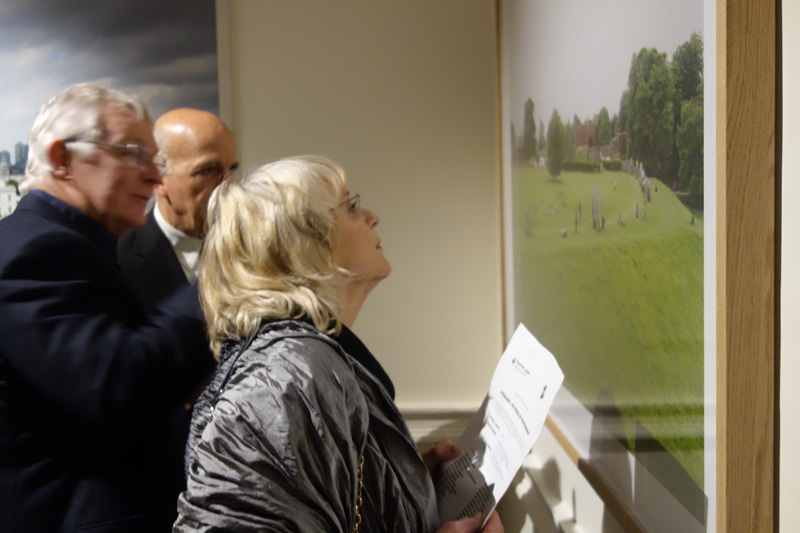
Image: Studying a We English print exhibited at Landmark, Somerset House, March 2013
The online magazine Distorted Arts has reviewed my We English work, which currently features in the Landmark Exhibition at Somserset House.
“Roberts’s photographs reside somewhere between documentary and pure landscape. Many of his images contain poignant vignettes set against dynamic panoramas. Camel Estuary is populated with staffage straining against one another. Their interaction enlivens the scene, while the tamed sea, blue sky and sweeping shore evoke the English tradition of land, leisure and pleasure.
A contemporary archive of Englishness; Roberts’s work captures people, places and events beautifully. Figures in the landscape are small, but significant – the Arcadian shepherds and smiling rural folk of a Victorian landscape are replaced by windswept trekkers, crowded stadiums and post-modern reverie.”
You can read the whole review here.
And you can see a slideshow with some of the images exhibited on the Guardian’s website here.
Landmark: The Fields of Photography at Somerset House from 14 March – 28 April 2013.
Posted in EXHIBITIONS, REVIEWS & PRESS | Comments Off on We English reviewed in Distorted Arts
December 27th, 2012 admin
China Life Magazine has published a portfolio of photographs from We English in their latest issue.
You can download a pdf of the spread here.
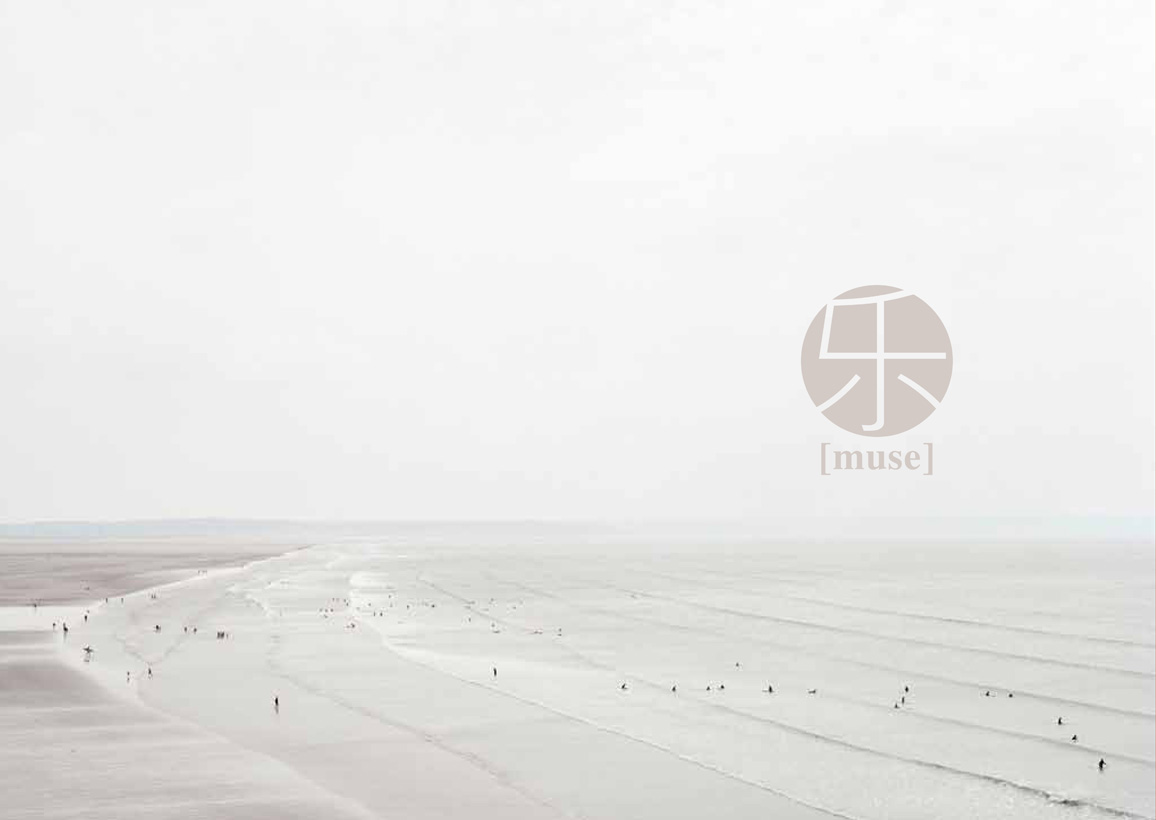
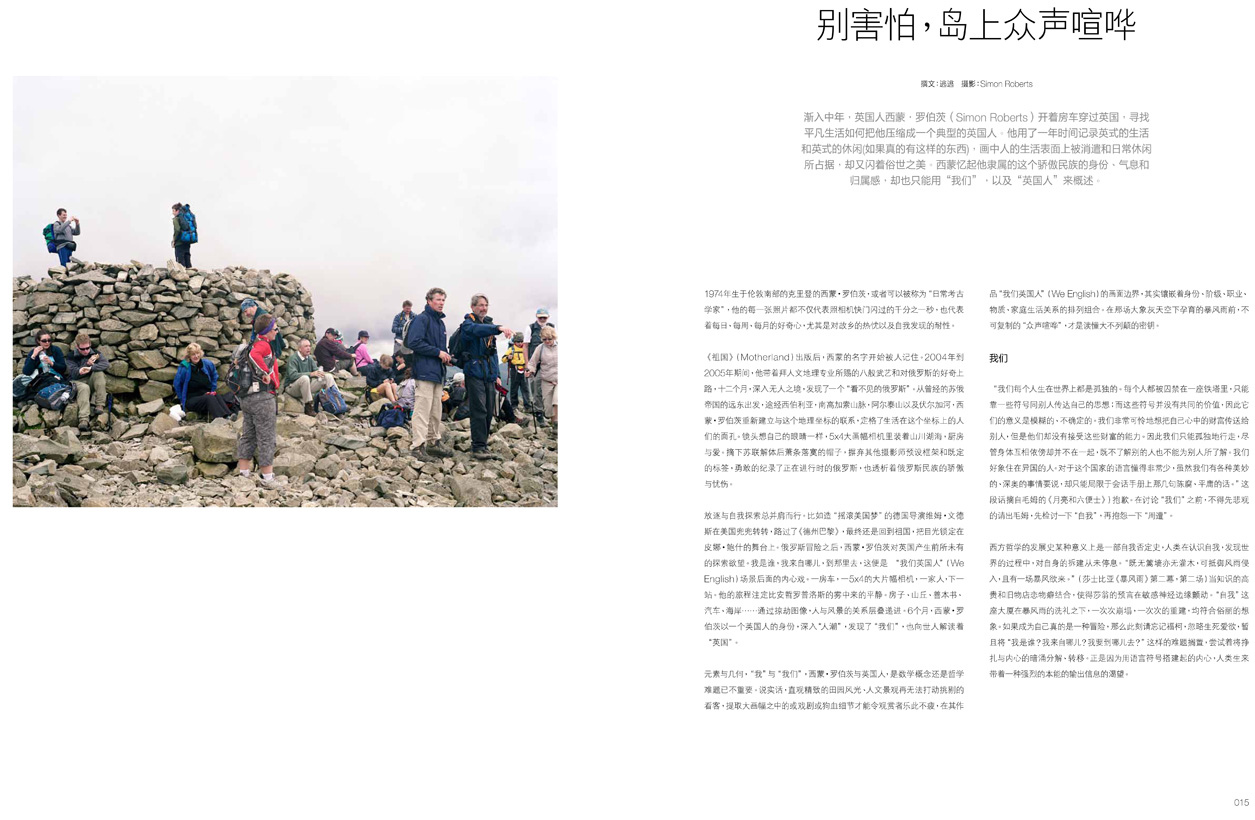
Posted in REVIEWS & PRESS | Comments Off on China Life Magazine
December 21st, 2011 admin
The Observer’s photography critic, Sean O’Hagan, selects We English in his top 10 exhibitions of 2011. Read the full list here.
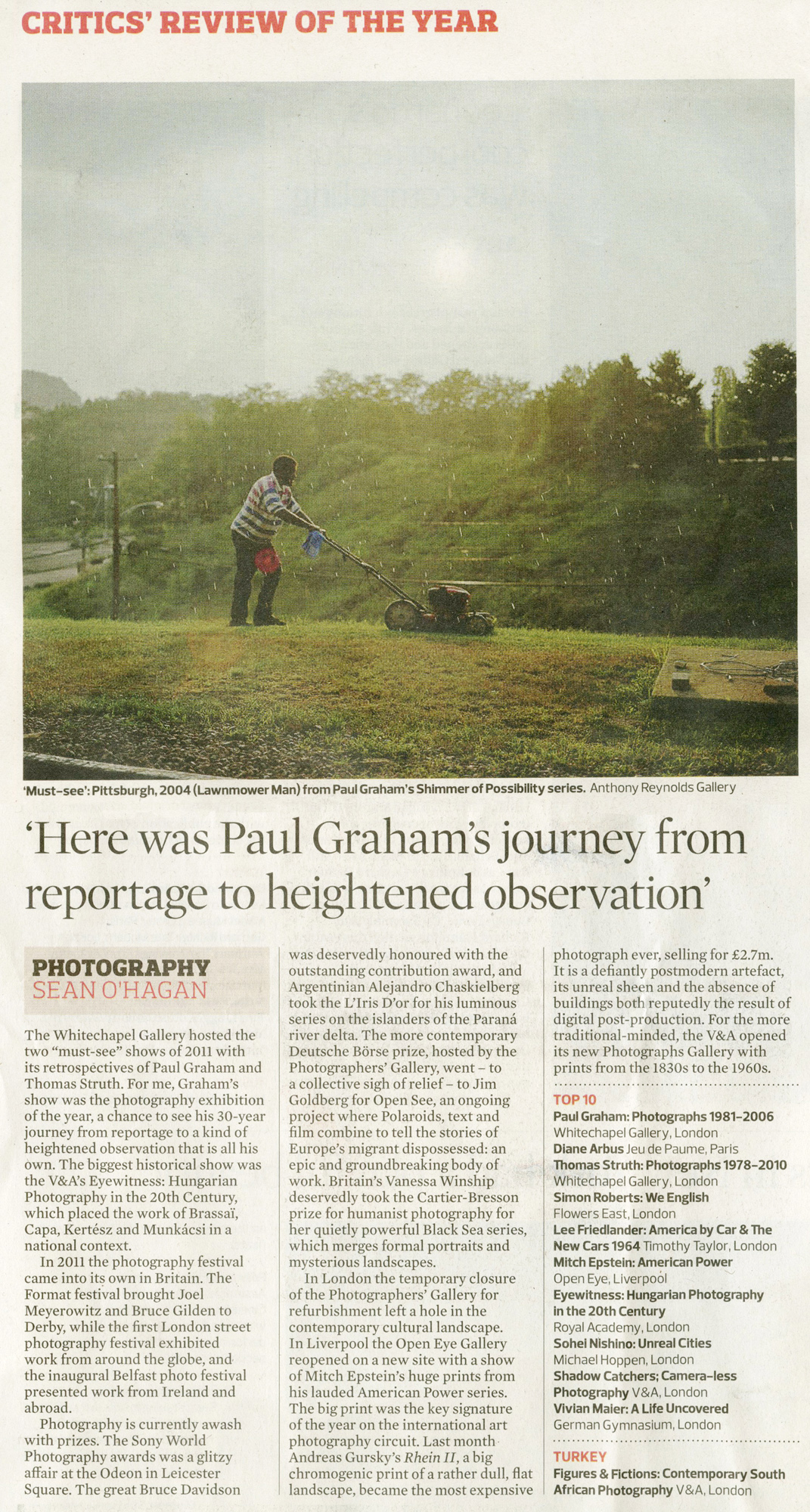
Posted in REVIEWS & PRESS | Comments Off on OBSERVER’S REVIEW OF THE YEAR
November 25th, 2011 admin
“Roberts’ manner is calm. He shows people small in the landscape, clustered into groups rather than isolated as individuals. He likes to shoot from relatively high, so we see patterns. It is partly a show about ritual in the landscape, the strange things we do to feel we belong. It is partly about how the very numbers of us who come to enjoy the land spoil the thing we admire. A strong theme is about movement, but Roberts shrewdly notices how much movement is local. Playing golf still has something pastoral about it, even in the shadow of the very power station which employed you.
These elegant pictures invite multiple readings, but they do it with confidence and zest.  With flashes of wit, humanity, and abundant respect for his photographic predecessors, Simon Roberts has added a good one to the canon of surveys of the English.”
Francis Hodgson (art adviser, photography critic at the FT and former head of photographs at Sotheby’s) has just written a review of We English. You can read the full review here.
Posted in REVIEWS & PRESS | Comments Off on “RITUAL IN THE LANDSCAPE” FRANCIS HODGSON ON WE ENGLISH
“The big art institutions here are finally catching up with their American counterparts, with a new photography gallery at the V&A, increased prominence at the Tate and exciting plans elsewhere. We asked four leading curators about the state of the art” writes Sean O’Hagan in today’s Observer. Read full article here.
He also selects my We English exhibition at Flowers East in his ‘Pick of London’s Current Photography Shows’ describing the photographs as “epic vistas captured from a distance that are both timeless and contemporary.”
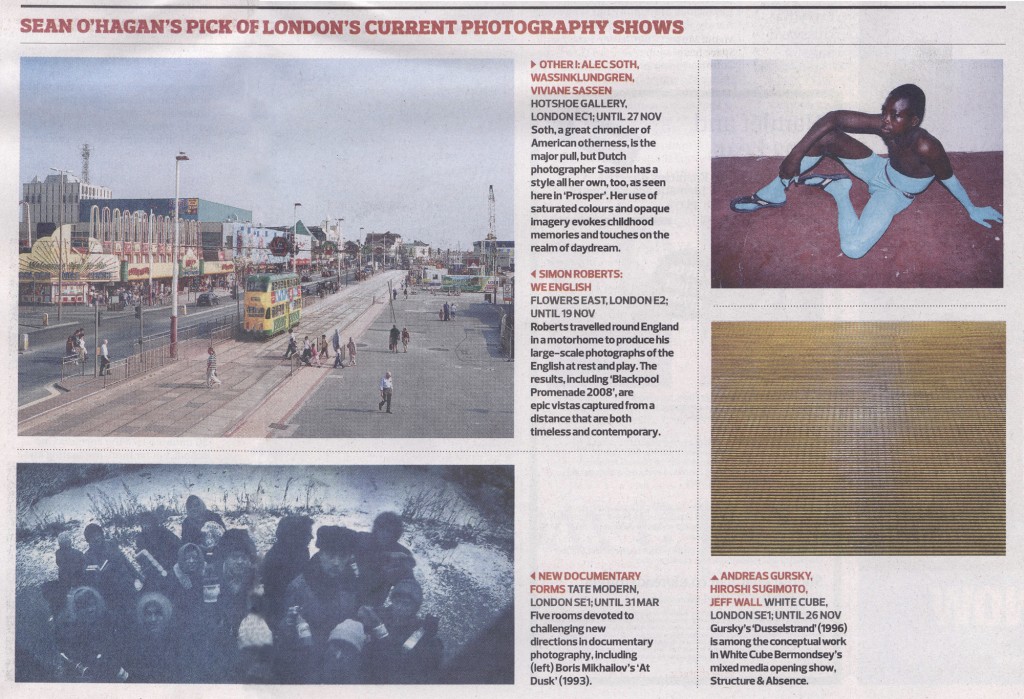
Posted in REVIEWS & PRESS | Comments Off on BRITAIN’S PHOTOGRAPHIC REVOLUTION
“Titled We English, this extensive survey was informed by the likes of Tony Ray-Jones (1941-1972), Martin Parr, Tom Woods, Bill Brandt (1904-1983), and Sylvester Jacobs, amongst others, all of whom had produced insightful and seminal documents recording the English people at various periods over the last half-century. But whilst many of these photographers approached their subject in what would would be considered a documentary nature, the work of Roberts’, like that of John Davies, reverberate with the echoes of traditional English landscape painting, whilst remaining stoically contemporary in nature.”
Read the rest of Wayne Ford’s blog post about We English here.
Posted in REVIEWS & PRESS | Comments Off on WAYNE FORD ON WE ENGLISH











